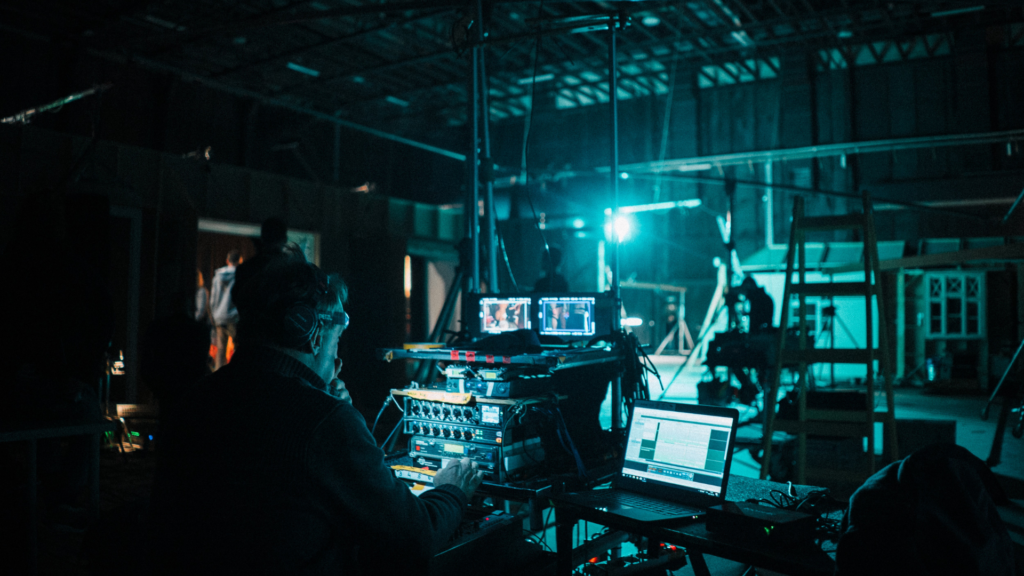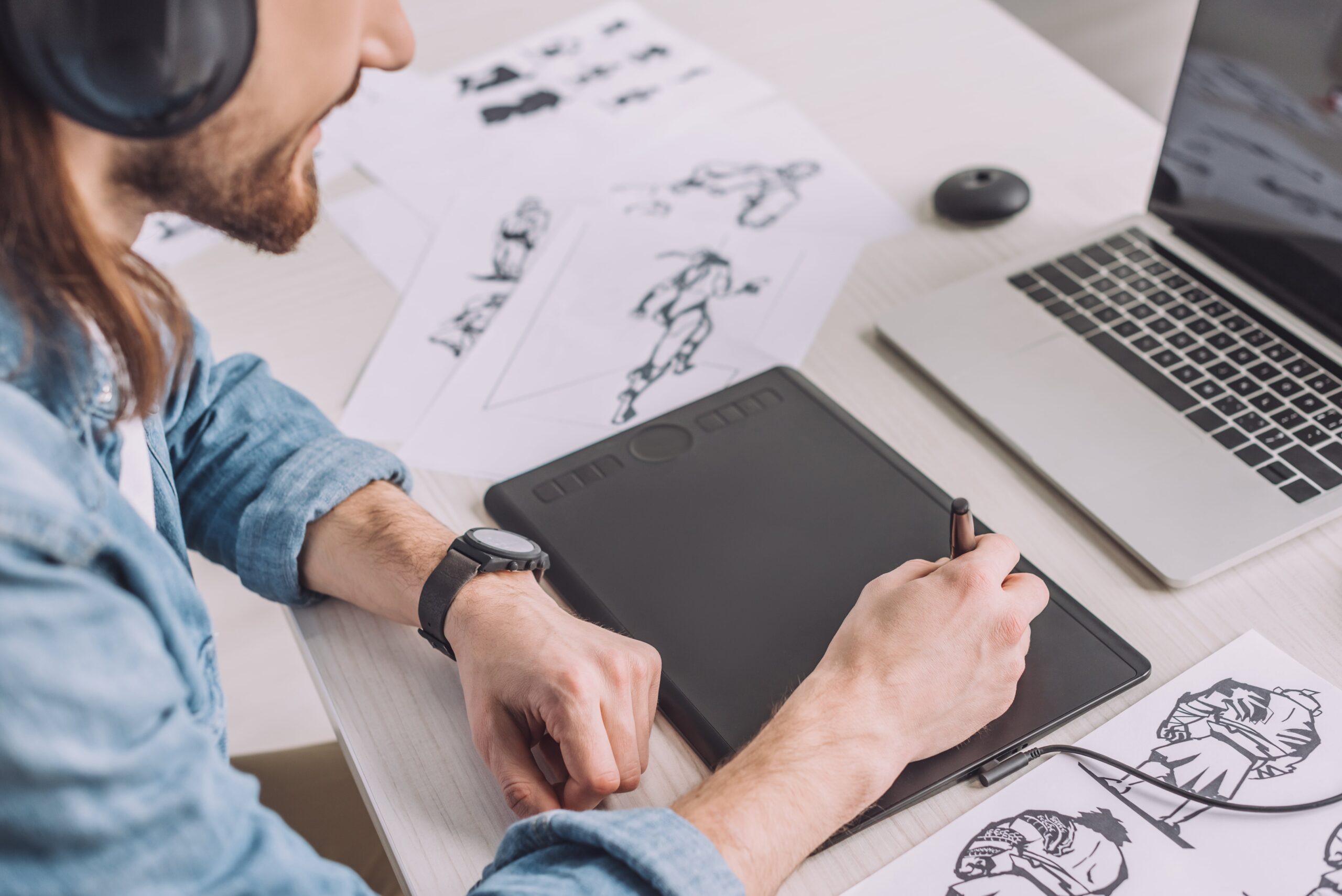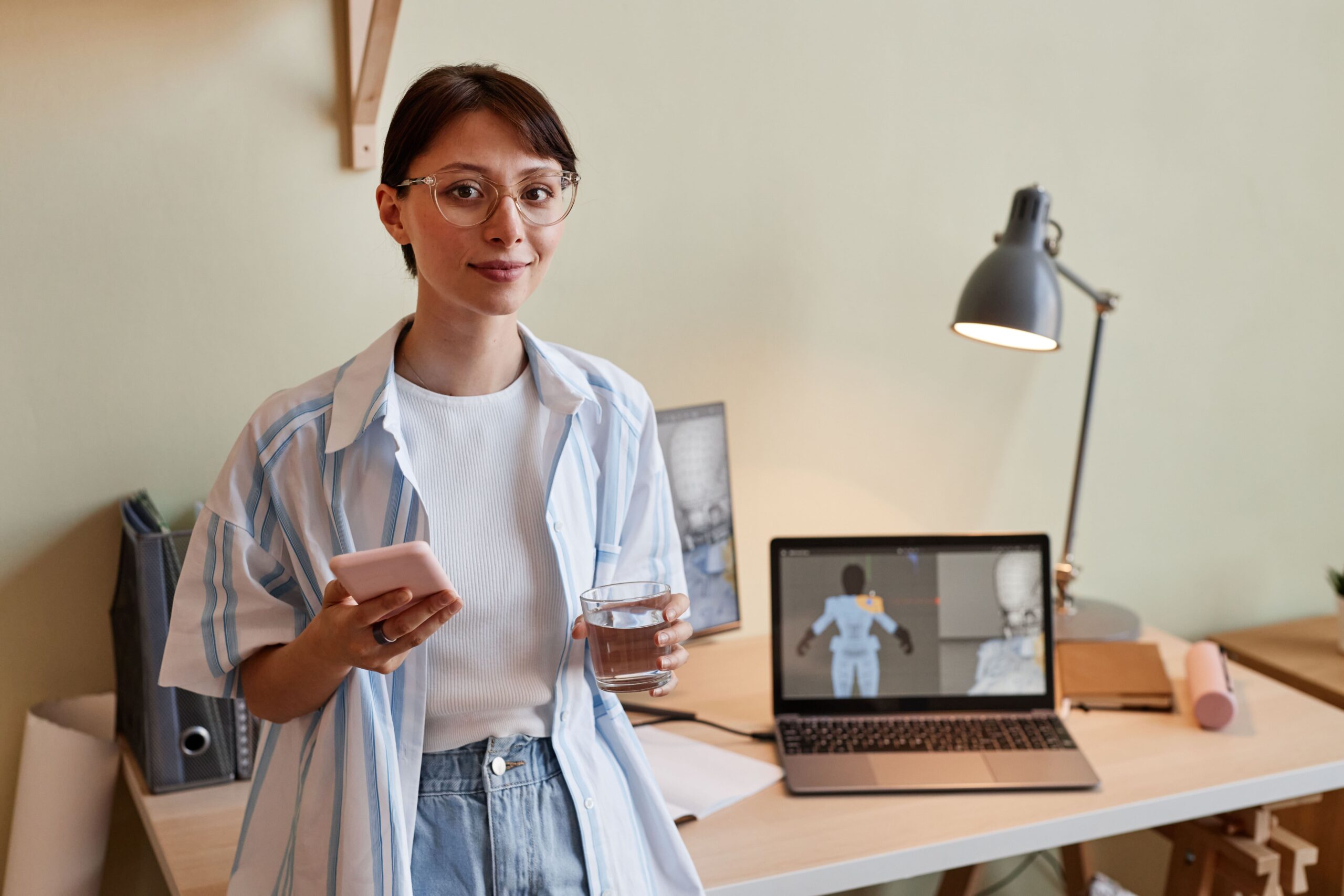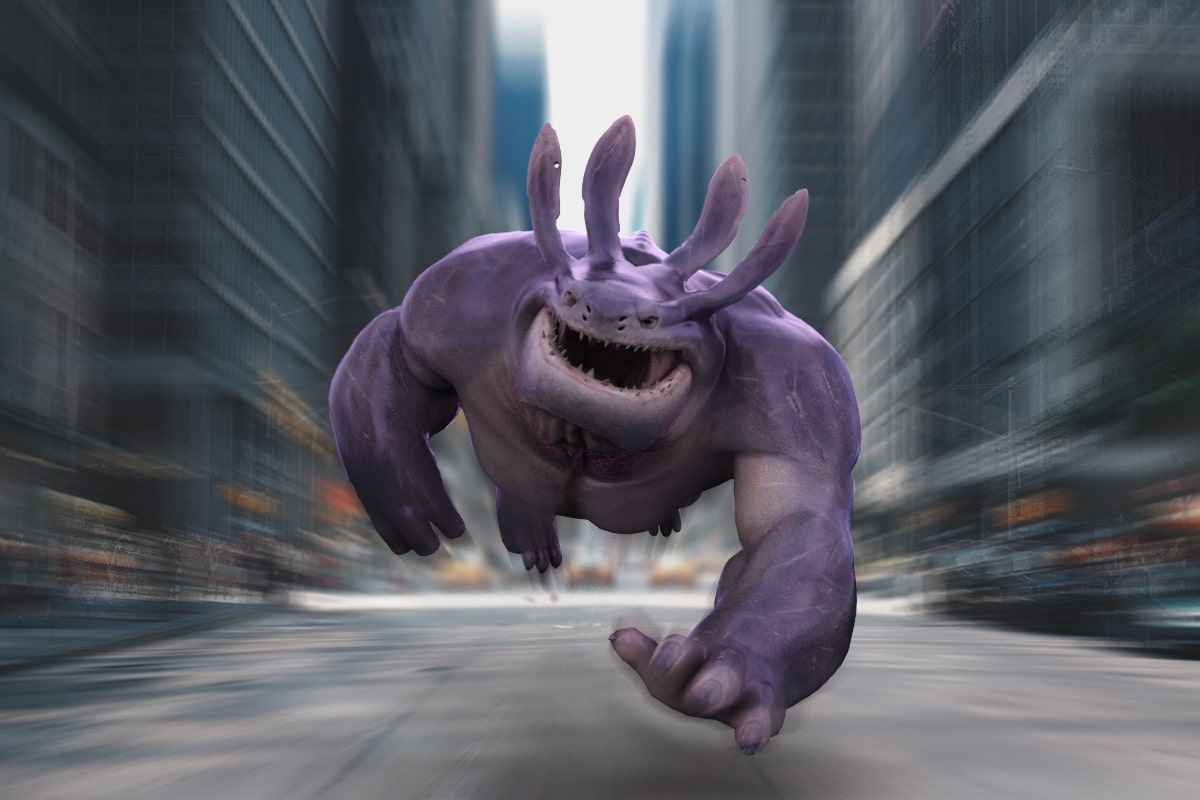Master the Art of Cinematography: Exploring The Godfather Part II’s Visual Brilliance
The Godfather Part II is widely regarded as one of the greatest films ever made, and for good reason. The movie’s incredible storytelling, acting, and direction all contribute to its legendary status. However, one aspect of the film that often goes overlooked is its stunning cinematography.
The Importance of Cinematography
Before we dive into the specifics of The Godfather Part II’s cinematography, let’s take a step back and talk about why cinematography is so important in the first place.
At its core, cinematography is the art of capturing images on film or digital media. A skilled cinematographer can use a variety of techniques to create different moods and emotions, convey important information, and draw the viewer’s eye to specific elements of the frame.
In other words, cinematography is a crucial part of a film’s storytelling process. Without it, a movie would simply be a series of disconnected scenes with no visual coherence or impact.
The Godfather Part II’s Cinematography Techniques
With that in mind, let’s take a closer look at the specific cinematography techniques used in The Godfather Part II.
One of the most striking things about the film’s visuals is its use of shadows and darkness. Cinematographer Gordon Willis famously used a technique called “underexposure” to create deep, dark shadows that give the film a sense of foreboding and tension.
This technique is particularly effective in the film’s many night scenes, where the darkness creates an almost palpable sense of danger and uncertainty.
Another key aspect of The Godfather Part II’s cinematography is its use of color. While the film is largely shot in muted tones, there are several scenes that use bold, saturated colors to create a sense of contrast and impact.
For example, the scene where Michael Corleone (played by Al Pacino) confronts his brother Fredo (John Cazale) on Lake Tahoe is shot in bright, vivid blues and yellows. This creates a striking visual contrast with the rest of the film, which is largely shot in browns and grays.
The film’s use of framing and composition is also worth noting. In many of the film’s most iconic scenes, the camera is positioned in a way that creates a sense of isolation or claustrophobia.
For example, the famous baptism scene near the end of the film is shot in a series of tight close-ups that create a sense of intimacy and intensity. Similarly, the scene where Michael and Fredo have their confrontation on Lake Tahoe is shot in a way that emphasizes the vastness of the lake, creating a sense of isolation and loneliness.
Key Takeaways
The Godfather Part II’s cinematography is a masterclass in visual storytelling. The film’s use of shadows, color, framing, and composition all contribute to its legendary status as one of the greatest films ever made.
If you’re interested in pursuing a career in the film industry, studying cinematography is a great place to start. And if you’re looking for a comprehensive introduction to the world of film and television, consider taking the NYU Film and TV Industry Essentials online course and certificate program.
Through this program, you’ll learn from industry experts and gain practical skills and knowledge that will help you take your career to the next level. So why wait? Sign up today and start your journey towards mastering the art of cinematography.








